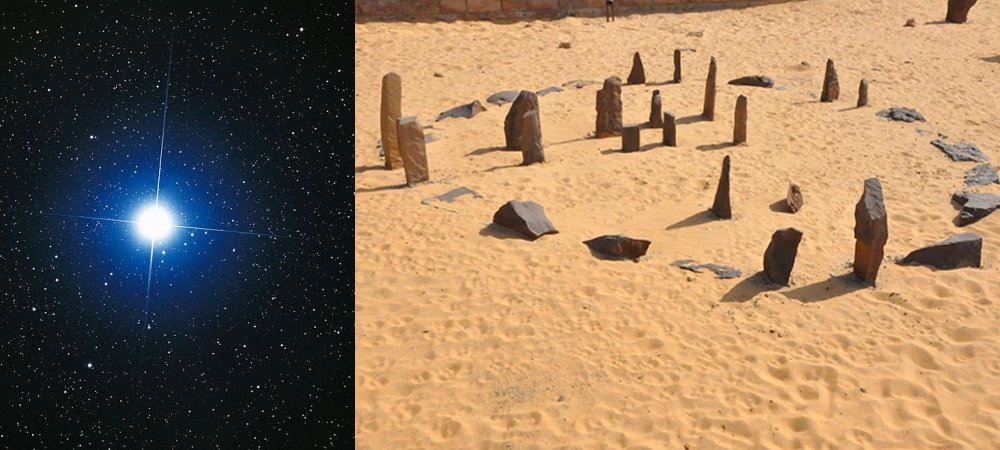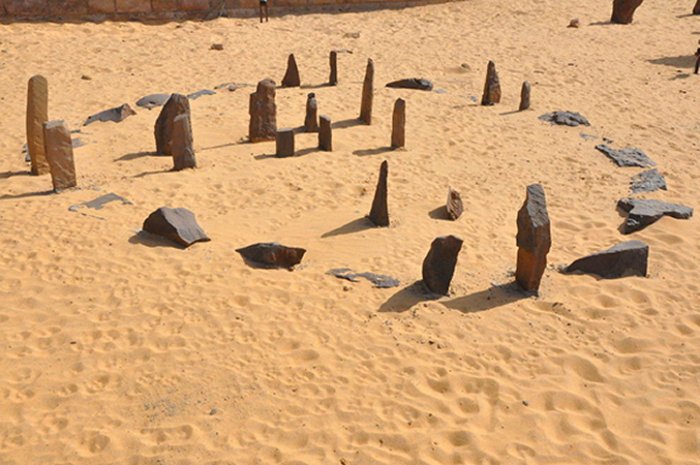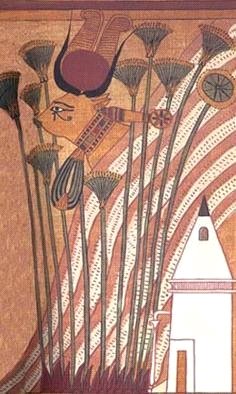Napta Playa – Egypt’s Stonehenge And Its Ancient Astronomical Alignments
Thalia Lightbringer – AncientPages.com - Many people gather every year to celebrate the spring equinox at Stonehenge, but did you know there is something similar, but older, in Egypt?
One hundred kilometers west of Abu Simbel in southern Egypt, there are some standing stones with astronomical alignments similar to the famous Stonehenge and other megalithic structures scattered across Europé.
Nabta Playa was constructed approximately 2,000 years before the stone circles of Europe by nomadic peoples of the late Neolithic (Stone Age) period.
These people were probably cattle herders, perhaps some of those who may have contributed to the formation of the Sahara Desert, as noted in another article here.
Ancient Astronomers At Napta Playa
Observation of the stars was essential to ancient people because it helped them navigate, just as sailors used them. Stellar alignments were also used to determine crucial times of the year.
Isis with outstretched wings by Ägyptischer Maler um 1360 v. Chr. - The Yorck Project: 10.000 Meisterwerke der Malerei. DVD-ROM, 2002. ISBN 3936122202. Distributed by DIRECTMEDIA Publishing GmbH., Public Domain - Wikipedia
One of the most significant stellar alignments for these prehistoric people seems to have been the summer solstice. Nabta Playa is a large internally drained basin, which was filled by summer monsoon rains around 11,000 to 5000 years before the present. It was the time when water began to accumulate in this area.
It was an important ceremonial center for prehistoric people who came to water and fed their animals. They erected these structures on the lake's western shore during this time, as the stellar alignments can be traced to a specific time frame.
Based on the analysis, six megalithic alignments radiate from the Napta Playa stone arrangement containing 24 megaliths or megalithic scatters.
The lines have been shown to coincide with the rising positions of three prominent stars during the period 4800-3700 B. C., the first of these being Sirius, the Dog Star, related to Isis by the Egyptians. Sirius is the brightest star of the night sky and was also crucial to later Egyptians as its appearance heralded the annual Nile floods.
Napta Playa - Image credit: Raymbetz - Own work, CC BY-SA 3.0
The second-star alignment is to Dubhe, the brightest star in Ursa Major, and there are also alignments to stars in the belt of Orion (as with the pyramids at Giza).
Napta Playa And Goddess Hathor
The earliest settlements in the area date to around 11,000-9300 years ago. The people made ceramics and domesticated cattle. Many fire-reddened stones have been found there, remnants of their campfires. There is also evidence of ceremonial sacrifices of cattle.
Goddess Hathor as a cow. Image credit: Wikipedia
The people probably came from the south or the Nile Valley in search of pasture and left when the water dried up in the fall.
The early cattle herders probably contributed to the later development of the Apis bull worship and the importance of the goddess Hathor, even though cattle were not so important to the economy.
Cattle in early cultures often represented status and wealth, as is reflected in the first letter of the Runic alphabet, or Futhark.
Feoh means both cattle and wealth. The letter in early alphabets that became our 'A' also originally represented a horned cow.
Written by – Thalia Lightbringer – AncientPages.com Staff Writer
Copyright © AncientPages.com All rights reserved. This material may not be published, broadcast, rewritten or redistributed in whole or part without the express written permission of AncientPages.com
Expand for referencesMore From Ancient Pages
-
 Dwarf Ninja Ukifune Jinnai’s Toilet Assassination Of Uesugi Kenshin
Featured Stories | Dec 15, 2019
Dwarf Ninja Ukifune Jinnai’s Toilet Assassination Of Uesugi Kenshin
Featured Stories | Dec 15, 2019 -
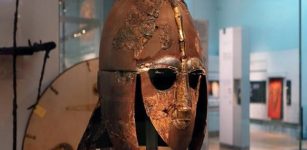 Burial Practices In Unified Cultures Of Early Medieval Europe
Archaeology | Jan 22, 2021
Burial Practices In Unified Cultures Of Early Medieval Europe
Archaeology | Jan 22, 2021 -
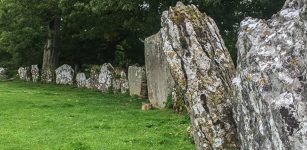 ‘Lios na Grainsi’ – Ireland’s Largest Stone Circle
Civilizations | Feb 3, 2016
‘Lios na Grainsi’ – Ireland’s Largest Stone Circle
Civilizations | Feb 3, 2016 -
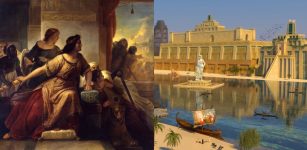 Mystery Of Queen Semiramis: Famous And Powerful Ancient Ruler And Warrior Queen
Featured Stories | Feb 15, 2018
Mystery Of Queen Semiramis: Famous And Powerful Ancient Ruler And Warrior Queen
Featured Stories | Feb 15, 2018 -
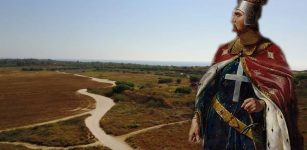 Battle Of Arsuf – Site Where King Lionheart And The Crusaders Defeated Saladin – Found
Archaeology | Aug 1, 2020
Battle Of Arsuf – Site Where King Lionheart And The Crusaders Defeated Saladin – Found
Archaeology | Aug 1, 2020 -
 Ancient Humans: Clarifying The Co-Existence Between Modern Humans And Neanderthals
Archaeology | Oct 13, 2022
Ancient Humans: Clarifying The Co-Existence Between Modern Humans And Neanderthals
Archaeology | Oct 13, 2022 -
 Controversial Unexplained Ancient Mystery In Mongolia – Horrifying Sight – Part 2
Featured Stories | May 2, 2018
Controversial Unexplained Ancient Mystery In Mongolia – Horrifying Sight – Part 2
Featured Stories | May 2, 2018 -
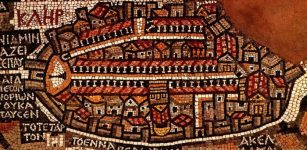 Stunning Madaba Map: Oldest Known Mosaic Built Of Two Million Stone Cubes
Civilizations | Jun 16, 2017
Stunning Madaba Map: Oldest Known Mosaic Built Of Two Million Stone Cubes
Civilizations | Jun 16, 2017 -
 On This Day In History: Count Leo Tolstoy Was Censored – On Feb 20, 1901
News | Feb 20, 2017
On This Day In History: Count Leo Tolstoy Was Censored – On Feb 20, 1901
News | Feb 20, 2017 -
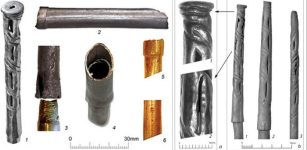 Oldest Surviving Drinking Straws Identified – ‘Sceptres’ From The Maikop Kurgan
Archaeology | Jan 19, 2022
Oldest Surviving Drinking Straws Identified – ‘Sceptres’ From The Maikop Kurgan
Archaeology | Jan 19, 2022 -
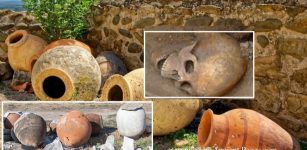 Researchers Develop New Ways Of Visualizing Ancient Small Objects By Combining Technologies
Archaeology | Apr 20, 2022
Researchers Develop New Ways Of Visualizing Ancient Small Objects By Combining Technologies
Archaeology | Apr 20, 2022 -
 Drones Find Evidence Roman Siege Of Masada Lasted Much Shorter Than Previously Thought
Archaeology | Sep 6, 2024
Drones Find Evidence Roman Siege Of Masada Lasted Much Shorter Than Previously Thought
Archaeology | Sep 6, 2024 -
 Remarkable Ancient Treasure Found By Man In Ohio Who Refuses To Reveal The Location
Featured Stories | May 2, 2024
Remarkable Ancient Treasure Found By Man In Ohio Who Refuses To Reveal The Location
Featured Stories | May 2, 2024 -
 Controversial Ancient Book Of Veles Remains An Unexplained Mystery
Artifacts | Sep 28, 2015
Controversial Ancient Book Of Veles Remains An Unexplained Mystery
Artifacts | Sep 28, 2015 -
 DNA Research Shows Ancient Britain Was More Diverse Than We Imagined
Featured Stories | Nov 4, 2022
DNA Research Shows Ancient Britain Was More Diverse Than We Imagined
Featured Stories | Nov 4, 2022 -
 Ancient DNA Reveals How People Migrated During The Roman Empire
DNA | Feb 1, 2024
Ancient DNA Reveals How People Migrated During The Roman Empire
DNA | Feb 1, 2024 -
 Mysterious Unknown Caves And Tunnels Discovered Beneath The Olsztyn Castle
Archaeology | Jul 31, 2020
Mysterious Unknown Caves And Tunnels Discovered Beneath The Olsztyn Castle
Archaeology | Jul 31, 2020 -
 On This Day In History: ‘Edict Of Nantes’ About Freedom Of Religion Issued By Henry IV – On Apr 13, 1598
News | Apr 13, 2017
On This Day In History: ‘Edict Of Nantes’ About Freedom Of Religion Issued By Henry IV – On Apr 13, 1598
News | Apr 13, 2017 -
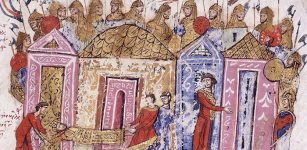 Nova Anglia: The Anglo-Saxon New England In The East
History | Jun 13, 2022
Nova Anglia: The Anglo-Saxon New England In The East
History | Jun 13, 2022 -
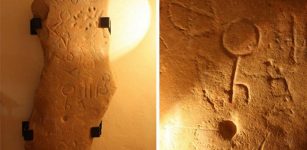 Mysterious Undeciphered Carvings And Script On Stela Of Montoro
Archaeology | Aug 14, 2017
Mysterious Undeciphered Carvings And Script On Stela Of Montoro
Archaeology | Aug 14, 2017

